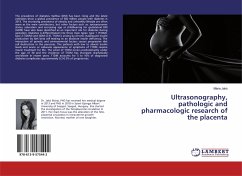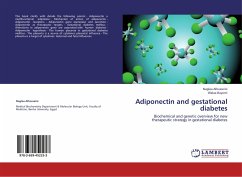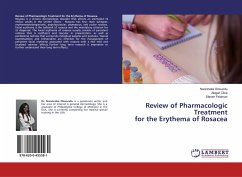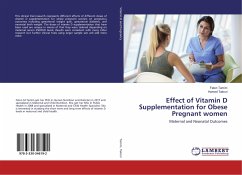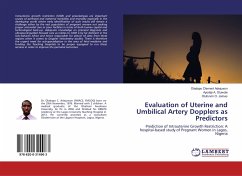The prevalence of diabetes mellitus (DM) has been rising and the latest estimates show a global prevalence of 382 million people with diabetes in 2013. The increasing prevalence of obesity and unhealthy lifestyle are often seem as the main contributors, but other factors such as, socioeconomic status, education and increasing age at childbearing for gestational DM (GDM) have also been identified as an important risk for diabetes during gestation. Diabetes is differentiated into three main types: type 1 (T1DM), type 2 (T2DM) and GDM (2-3). T1DM is arising by chronic inadequate insulin production by islet beta cell leading to an absolute insulin deficiency. The interaction of genetic and environmental factors causes progressive islet cell destruction in the pancreas. The patients with low to absent insulin levels and acute or subacute appearance of symptoms of T1DM require insulin treatment for life. The onset of T1DM occurs predominantly under the age of 30 and the incidence of T1DM has increased dramatically worldwide in recent years. T1DM accounts for 5 to 10% of diagnosed diabetes complicates approximately 0.2-0.5% of pregnancies.

